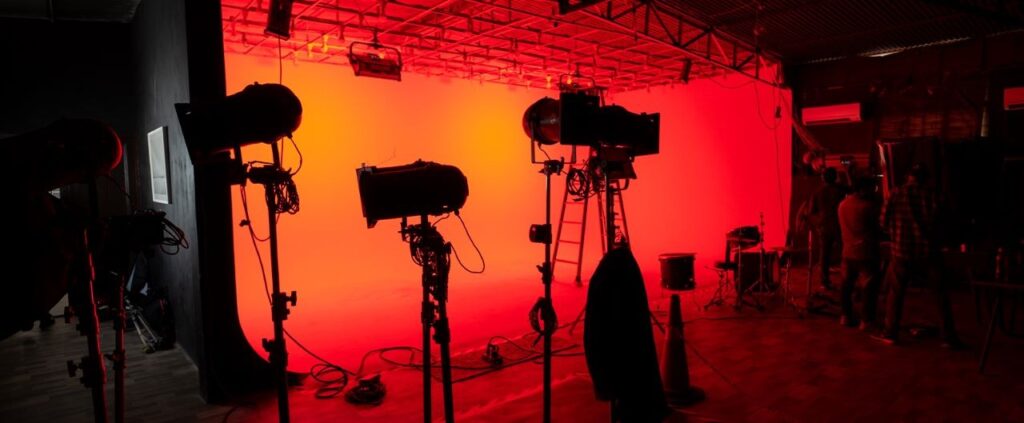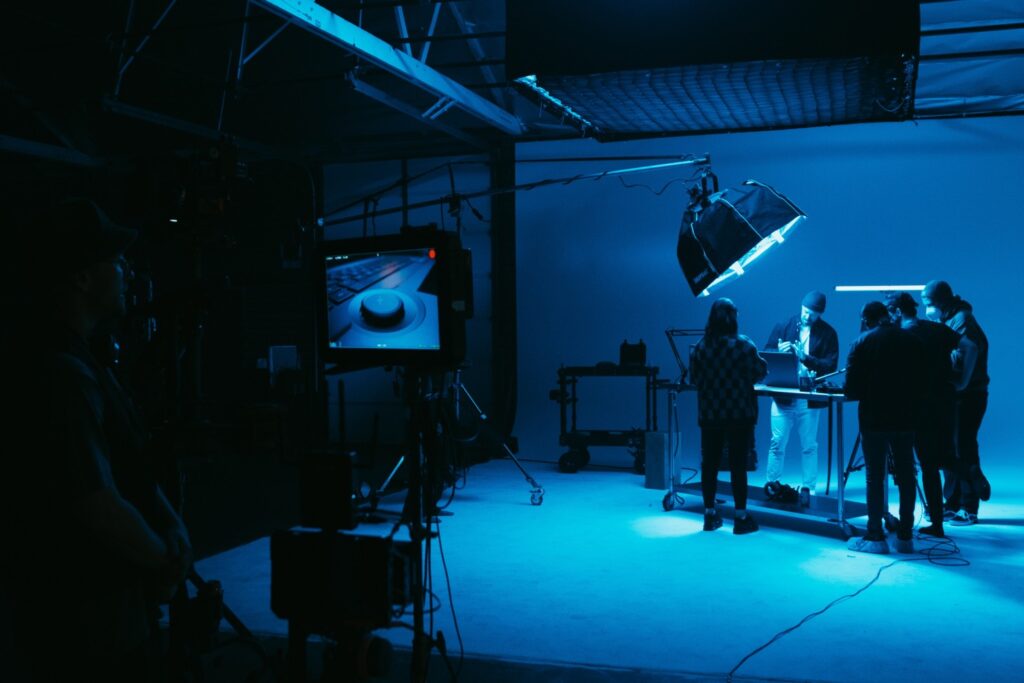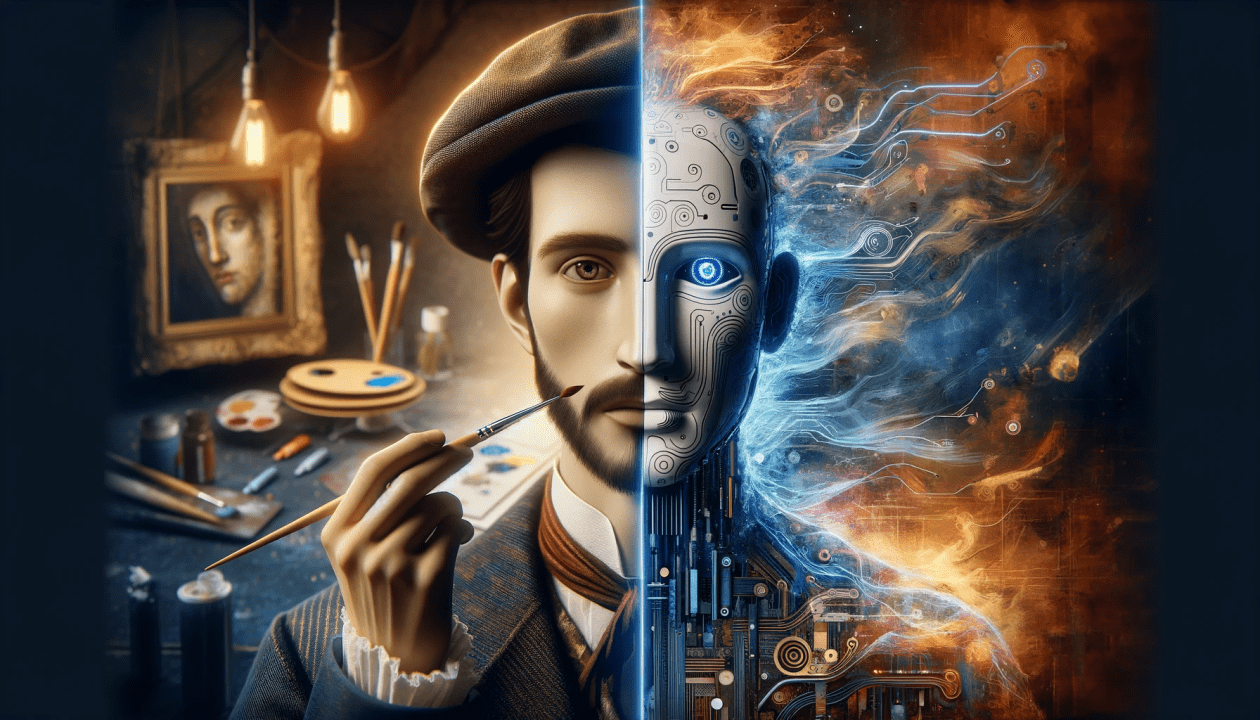
When it comes to video production, lighting plays a crucial role in creating captivating visuals and conveying emotions effectively.
Lighting is often said to be the paintbrush that allows filmmakers to paint with light and shadows. The skillful use of lighting techniques can transform an ordinary scene into a mesmerizing masterpiece. In this blog, we will delve into the secrets of lighting in video production, exploring the relationship between lighting and the overall quality of the production.
Setting the Mood
Establishing a scene’s mood is one of lighting’s main purposes in video production. It can elicit particular feelings in the audience, whether it’s a tense, enigmatic mood or a happy, lively setting. Filmmakers change a scene’s mood and overall impact of a scene by adjusting light and shadow.
For instance, comedies and humorous scenes typically employ high-key lighting, which entails bright, evenly dispersed light, to create a positive and optimistic atmosphere. However, low-key lights, which are characterized by a jarring contrast between light and shadow, is frequently used in thriller and horror films to evoke suspense and a sense of dread.
Guiding the Viewer’s Attention
The power of lighting to focus the
viewer’s attention is another crucial component of lighting in video production. Filmmakers can direct the audience’s attention and emphasise key visual components by purposefully lighting specific areas or subjects inside a frame.
The main source of illumination, the key light, is often placed to draw attention to the major subject or figure. As a result, they can relate to the protagonist right away and follow their journey throughout the narrative. Furthermore, backlighting, which includes positioning a light behind the subject to give them depth, can aid in separating them from the background.

The Relationship Between Lighting and Production Quality
The quality of lighting used in a video production drastically impacts how well it turns out. Poorly executed light situation can undermine even the most well-written script and talented performances. Conversely, skillful and creative lighting can elevate a production, adding polish, professionalism, and visual appeal.
It might be challenging for viewers to distinguish crucial elements in shots that are either underexposed or too dark due to inadequate lighting. Similar to how too much light or the wrong color temperature may wash out a scene, a lack of contrast and visual interest results. Achieving a balance between lighting elements is crucial to ensure optimal visual quality and viewer engagement.
Enhancing Visual Storytelling
In video production lighting plays a significant role in visual storytelling, helping to improve the narrative and convey meaning. Lights can serve as a metaphor for several ideas, feelings, and character attributes.
Lights are instrumental in creating depth and dimension in video production. By carefully considering the placement and intensity of lights, filmmakers can add texture and three-dimensionality to the visuals
For example, intimate, romantic, or nostalgic feelings are frequently evoked by warm, soft lights, but a sense of detachment or anxiety maybe suggested by cool, harsh lights.
It is an art form in itself, capable of transforming a video production from ordinary to extraordinary. By mastering the secrets of lighting, filmmakers can harness its power to create captivating visuals, evoke emotions, and tell compelling stories.
So, the next time you watch a movie or a video, pay attention to the lights; you’ll find a secret world of artistry that greatly enhances the overall experience.
If you liked this blog, checkout our another blog on Mastering the Teleprompter: Coaching Business Leaders for On-Camera Impact




